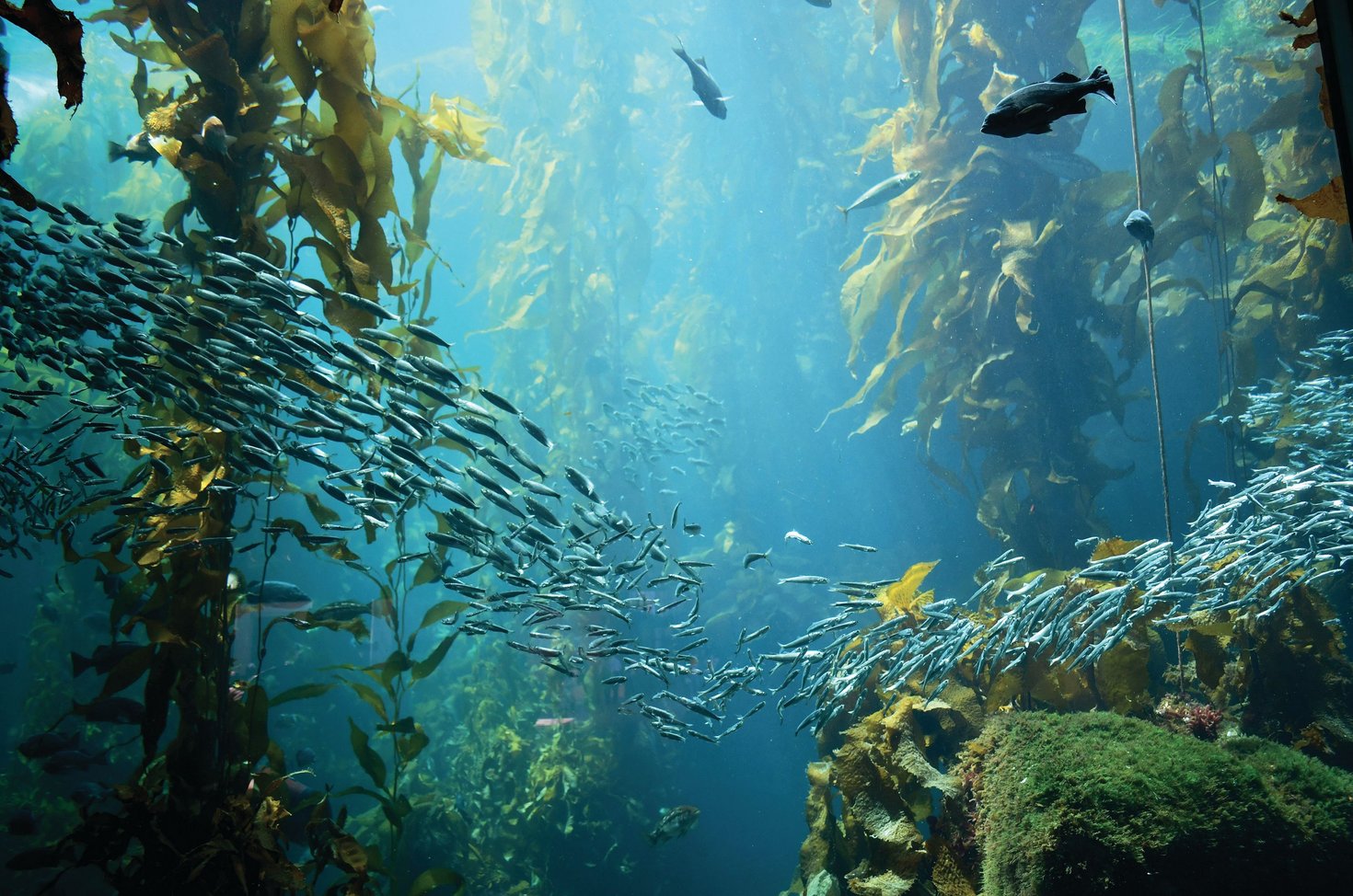
In what is the first-of-its-kind assessment of the marine world, scientists have discovered that heat waves are hammering the bottoms of the oceans. Extreme events have not only been noticed on the surface of the planet but are now found to also be damaging the marine world.
In the study published in the journal Nature Communications, the team tried to understand the fundamental characteristics of warm ocean temperature extremes — known as marine heatwaves. The study revealed that the intensity and duration of the bottom marine heatwaves vary strongly, with the bottom depth ranging from 0.5 degrees Celsius to 3 degrees Celsius.
“Researchers have been investigating marine heat waves at the sea surface for over a decade now. This is the first time we’ve been able to really dive deeper and assess how these extreme events unfold along shallow seafloors," lead author Dillon Amaya, a research scientist with NOAA, said in a statement.
The heat waves roiling at the bottom of the oceans are believed to dramatically impact the health of ocean ecosystems around the globe, disrupting the productivity and distribution of organisms as small as plankton and as large as whales.
Research on marine heat waves has so far focussed on the effects on the surface of the ocean, which researchers say can also be indicators of many physical and biochemical ocean characteristics of sensitive marine ecosystems, making analyses more straightforward.
It is to be noted that 90 per cent of the excess heat from global warming has been absorbed by the ocean, which has warmed by about 1.5 degrees Celsius over the past century. Marine heat waves have become about 50 per cent more frequent over the past decade.
"Warm ocean temperature extremes — known as marine heat waves (MHW) — can dramatically impact the overall health of marine ecosystems around the globe, including changing the regional distribution of marine species, altering primary productivity, and increasing the risk of negative human-wildlife interactions," researchers said in the paper.
NOAA scientists reconstructed global weather back to the early 19th century. They found that on the continental shelves around North America, bottom marine heat waves tend to persist longer than their surface counterparts. The startling discovery was that bottom marine heat waves can also occur with little or no evidence of warming at the surface, which has important implications for the management of commercially important fisheries.
“We know that early recognition of marine heat waves is needed for proactive management of the coastal ocean. Now it's clear that we need to pay closer attention to the ocean bottom, where some of the most valuable species live and can experience heat waves quite different from those on the surface,” co-author Michael Jacox, a research oceanographer added.